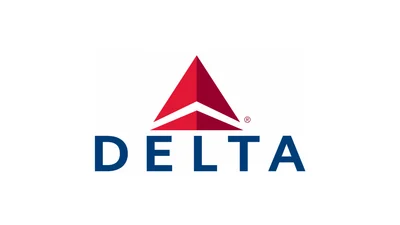All DC-10 models were built with nearly identical fuselage lengths—just above or below 182 feet—while wingspans varied slightly between short-haul and long-range versions. The DC-10 typically seated nine passengers per row in a 2-5-2 layout and had a maximum takeoff weight (MTOW) of about 251.7 tonnes for its long-range variants.
In comparison, the Boeing 787 also seats nine across but uses a different seating configuration (3-3-3). While the DC-10’s fuselage is slightly wider and some carriers fitted ten-abreast seating, its MTOW is comparable only to that of the larger Dreamliners—the 787-9 and -10—which can lift up to around 254 tonnes. The smallest Dreamliner variant, the 787-8, has an MTOW of about 227.9 tonnes.
When looking at dimensions:
- The DC-10's length is approximately 181 feet eight inches.
- The Boeing 787-8 measures about five feet longer at 186 feet one inch.
However, wingspan marks a significant difference: while even long-range DC-10s have a wingspan just over 165 feet, all Dreamliner variants have a wingspan exceeding this by more than thirty feet.
McDonnell Douglas later introduced the MD-11—a stretched version of the DC-10 with updated engines and avionics—to compete with new Airbus models and address market shifts in the late twentieth century. The MD-11’s length reaches up to just over 202 feet depending on engine type; still, it remains shorter than today’s popular Dreamliner variant, the Boeing 787-9 (206 feet one inch).
This trend reflects broader changes in commercial aviation: modern "small" widebodies are generally larger than most medium-sized widebodies from previous decades such as not only the DC-10 but also contemporaries like Lockheed’s L-1011 TriStar or early Airbus A300s.
Manufacturers have increased aircraft size over time for several reasons. Lengthening existing designs lowers per-seat costs; clean-sheet designs like the Dreamliner are also bigger than their predecessors because airline demand has shifted toward higher capacity planes for greater efficiency on longer routes.
In earlier decades, narrowbody jets such as early Boeing 707s or Douglas DC-8s could fly long distances but were inefficient compared to widebodies of their era. As newer narrowbodies gained range—like Airbus A320s or Boeing’s various iterations of the single aisle family—they began encroaching on routes once served by small widebodies. This shift encouraged manufacturers like Boeing and Airbus to make their twin aisle offerings even larger so they would not compete directly with high-capacity narrowbody jets now capable of flying many medium-haul—and some long-haul—routes.
Boeing created the Dreamliner specifically for ultra-long-haul flights while offering enough capacity to replace older models like the aging Boeing 767. Since entering service in September 2011 with launch customer All Nippon Airways, more than a thousand units have been delivered from production sites in Everett (Washington) and North Charleston (South Carolina).
Narrowbody twinjets have continued growing in both size and capability—eroding demand for smaller widebodies like those typified by earlier generations such as the DC‑10. Today’s airlines prefer right-sizing fleets based on route requirements rather than operating multiple types within overlapping capacities.
As a result, despite being considered "small" among current widebodies on offer from major manufacturers like Boeing or Airbus (whose A330neo competes directly), every version of today’s Dreamliner surpasses legacy aircraft such as McDonnell Douglas’ DC‑10 series in overall dimensions except when compared against outliers like early jumbo jets (e.g., Boeing’s own iconic 747).
 Alerts Sign-up
Alerts Sign-up




































